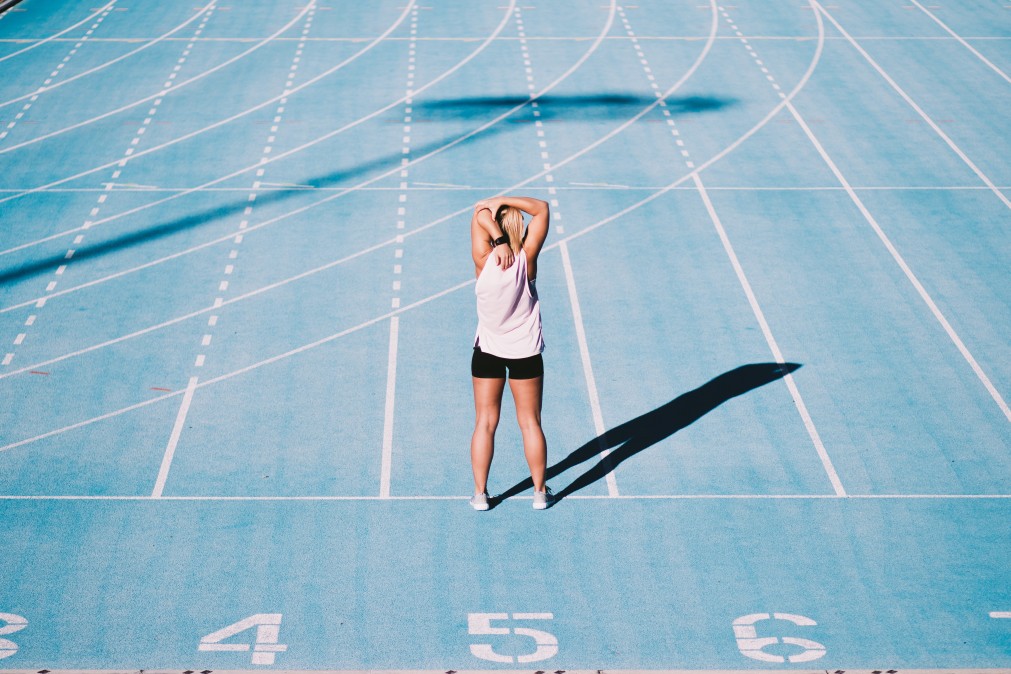Medicine often uses men as a template, and that can (literally) hurt women.
There are currently about 8 billion human beings on planet Earth. Many of them share many characteristics, but ultimately each is unique. The impossibility of taking account of every single one of these variations of humanity is why a lot of our societies and economies are underpinned by generalisations.
Such generalisations can be helpful. The range of difference between individuals is often not so significant that we can’t muddle along fine with stuff that wasn’t designed with us specifically in mind. For most of us, most of the time, the downsides of non-customised items are paltry compared to the benefits of generalisation. Manufacturing things like clothes in bulk means they’re cheaper, quicker and easier to get hold of. A vaccine that doesn’t work on a small minority of people will still do enough disease-preventing that it’s worth all patients taking a (literal) stab at it.
But generalisation can also be harmful. People who exist outside the standard can experience a host of negative impacts, such as huge difficulty finding clothes that fit or an increased risk of death. It has also been pointed out that supposed generalisations of humankind can sometimes more accurately be described as generalisations of a specific subset of humankind: white, Western, able-bodied, cisgender, fit, and/or male.
Medical knowledge around ACL injuries (tears in the knee ligament) may be an example of this. ACL injuries are common and well-studied. The first recorded description of one is dated from 1845. The first recorded description of medical interventions to repair one is from 1898. However, only in the last decade or so have researchers started to look into why women are up to eight times as likely as men to tear their ACL. Some preliminary findings suggest it might be linked to the menstrual cycle, and in particular that the risk of injury may be higher when ovulating.
If this is the case, it seems probable that the menstrual cycle would also affect the risk of other types of injuries. Knowing this information could help women and institutions like sports bodies reduce injuries. That would mean less pressure on healthcare systems and fewer hours of (paid and unpaid) labour lost to recoveries and sick days. It means more people will avoid pain and suffering, as well as the various wellbeing and financial costs that come with injuring yourself - having to pay for surgeries, say, or having to skip social events.
The benefits of knowing more about the way sex and gender impacts injuries would be particularly useful for professional sportspeople, for whom things like an ACL tear can be severely career-damaging... or even career-ending. In many places, women’s sport is currently growing rapidly in terms of popularity, participation, and the rewards available to its winners. Slightly less generalisation and slightly more specific research into how different bodies fare on pitches, courts and fields could prevent many sportswomen from unnecessarily missing out on these opportunities.
Read our explainer on: how gender affects your economic chances.

